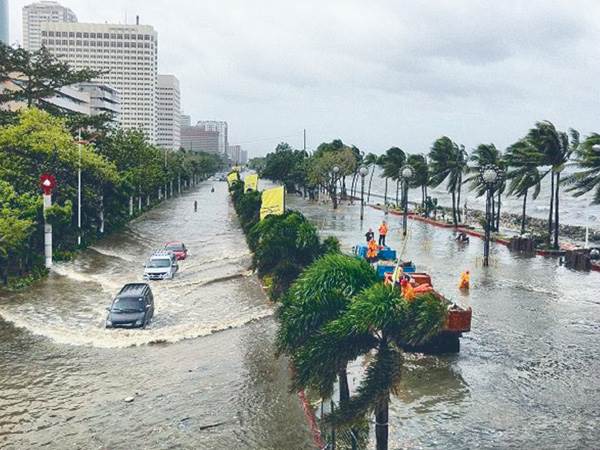
Reading Time: minutes
Knowledge and presence of mind are necessary tools for survival during floods, thunderstorms, and other natural disasters and emergencies. Here are some of the tips you must remember and apply, especially during this rainy season:
- Make sure you have an emergency disaster kit.
- Home kit: Fill your kit with the following: batteries, radio, flashlights, ready-to-eat food in case you get stuck at home for days, drinking water, medicine, and clothing in case you need to evacuate.
- Traveling kit: In case you are traveling to or from the office, make sure you have the following: boots, raincoat, flashlight, huge umbrella. Bring only the bare necessities; avoid taking heavy luggage.
- If your car is parked in a space where floodwater is likely to come in:
- Disconnect the car battery.
- Remove the computer box and head unit.
- Spray the alternator with WD-40 and wrap it in plastic.
- Cover the tailpipe and intake manifold.
- Spray the sensors with WD-40.
- Even if the water seems shallow, don't drive through it unless it is necessary. You might not be able to see the dips in the road leading to loss of control or stalling. But if you really need to drive, you should:
- Shift to 1 or low gear to prevent the water from entering the exhaust pipe.
- If you drive stick, make sure the engine's revs are up by applying level force to the clutch pedal to avoid stalling.
- Never attempt to walk into flooded areas. But if you must, remember these tips:
- Walk in an area where the water is not moving.
- Use an umbrella or a long stick to check that there are no holes in the ground or road.
- Use your phone wisely. Make sure it has a full battery, so you can use it in case you need to contact someone. Call these emergency numbers for help or rescue.
Emergency Hotlines (source: GMA News)
|
NCR |
LGUs |
Outside Manila |
|
NDRRMC |
Cainta Traffic |
Cavite |
|
PAGASA |
Las Pinas Traffic |
Bulacan |
|
PNP |
Mandaluyong |
Quezon |
|
BFP |
Makati Traffic |
Rizal |
|
MMDA Metrobase |
Makati Rescue |
|
|
Philippine Coast Guard (PCG) |
Pasig Rescue |
|
|
North Luzon Expressway (NLEX) |
Marikina Rescue |
|
|
Skyway System Hotline |
Muntinlupa |
|
|
South Luzon Expressway (SLEx) |
Quezon City DPOS |
|
|
Department of Health |
Taguig (02) 6423721 / |
|
|
DOTC |
Manila Emergency Hotlines |
|
|
|
Malabon Emergency Hotlines |
|
The best way to prevent experiencing flood damage and hazard is to move to higher areas or cities with better drainage systems. Fort Bonifacio is one of the top residential locations in the Philippines, home to several mid and highrise condominium buildings that are engineered and built to withstand flooding. In spite of its being located in a flat and low area, the city remained flood-free in the course of Maring, Ondoy, and other major storms that hit Metro Manila. It has also been noted by many experts due to its effective tank and drainage system, which has been in place even before BGC was developed.
In case you are interested in a Fort Bonifacio condo for sale or rent, contact KMC Savills today.

